Tutorial 4
Maintaining attention
Shared reading demands a lot of attention from children. Deaf and hard of hearing children need to keep switching their visual attention between you and the book in order to follow the story. They need time to learn this skill.

Introduce reading routines
Take the time to introduce reading routines. Children often need several weeks to get used to it, especially if they are seldom read to at home. Create a routine together; this will facilitate concentration during the reading session.

Introduce reading routines

Take the time to introduce reading routines. Children often need several weeks to get used to it, especially if they are seldom read to at home. Create a routine together; this will facilitate concentration during the reading session.

When working with a group, introduce clear communication rules that everyone must keep. Decide who will hold the book, turn the pages, or operates the digital functions.

Share books regularly, to allow the children to get used to it, and learn to love it.

Start with short stories, to slowly introduce children to shared reading sessions. You will be able to move to reading longer stories over multiple sessions later. The important thing is regularity, not duration.

Guide discussions so that everyone understands everything. Ensure children take turns to sign or speak, particularly if you have a deaf or hard of hearing child in the group. Give the child who is signing/speaking a cuddly toy or the microphone for the audio transmission system.

Introduce one-to-one or small group reading sessions, to cater to the needs of individual children.
Sustain attention
Children can become restless during reading sessions. Here are some ways to help them concentrate better:
Avoid distractions
Remove distracting sounds or visual distractions, or move to another room.
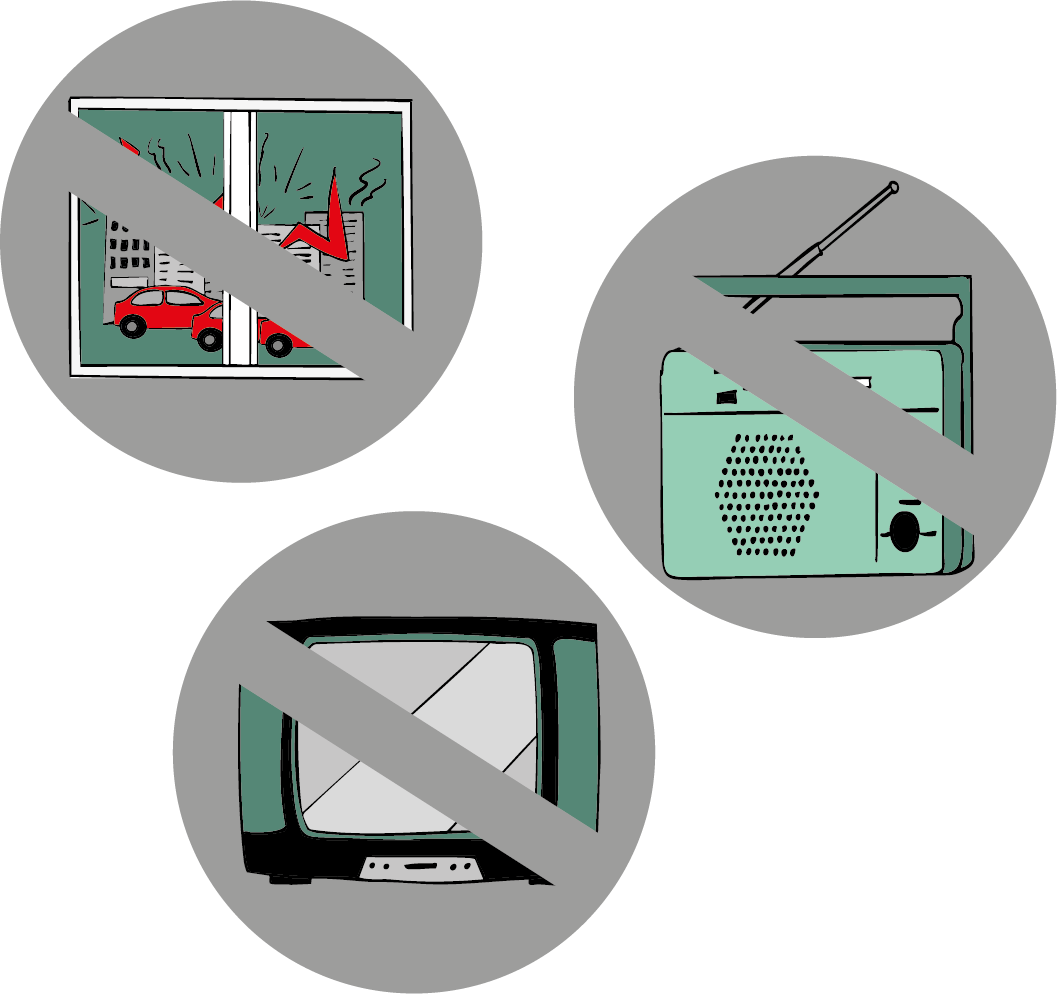
Change position
Allow restless children to change their sitting position. Ensure they can see your signs and your face.

Use facial expressions and gestures
Use facial expressions and body language to introduce excitement into your reading session. Make gestures in the children’s visual field, to draw their attention back to you.
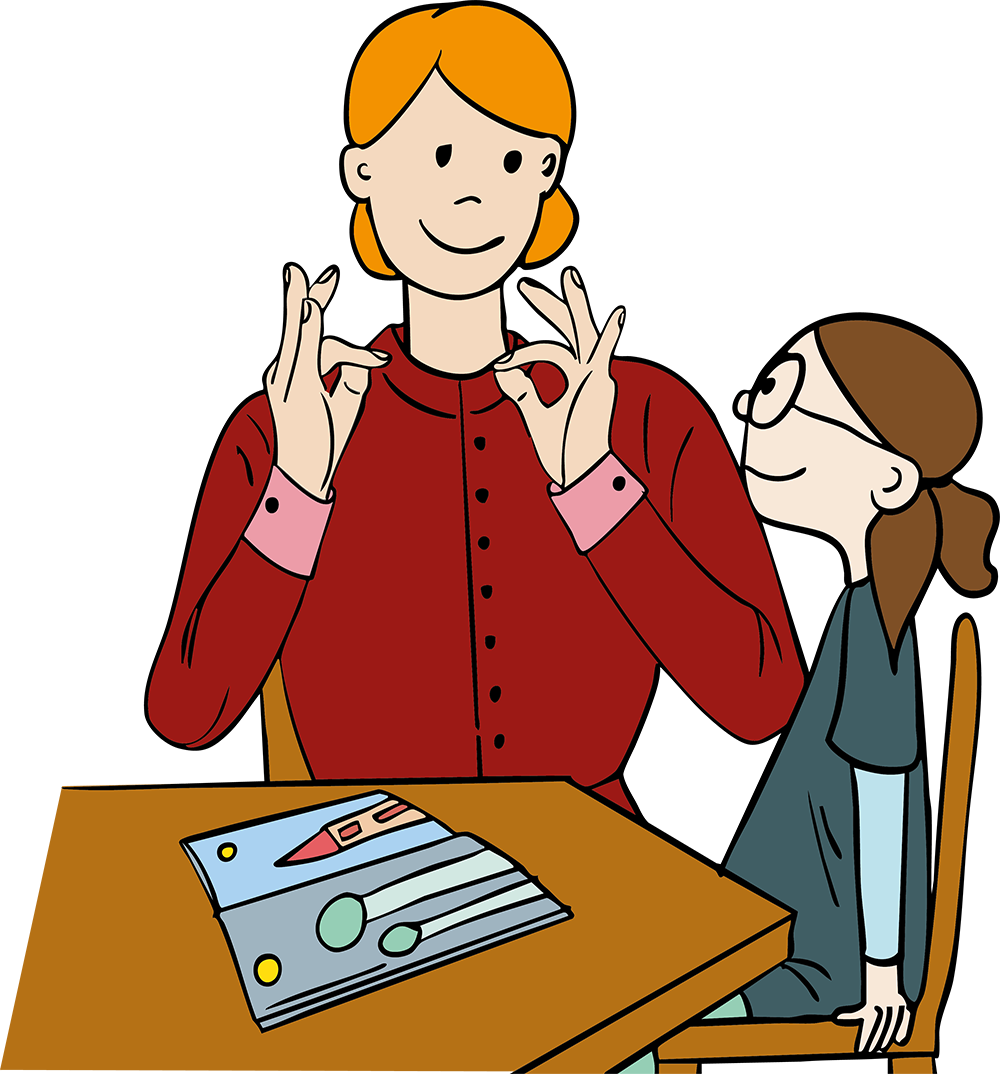
Make eye contact
Look at the children individually, to see whether they are following you.
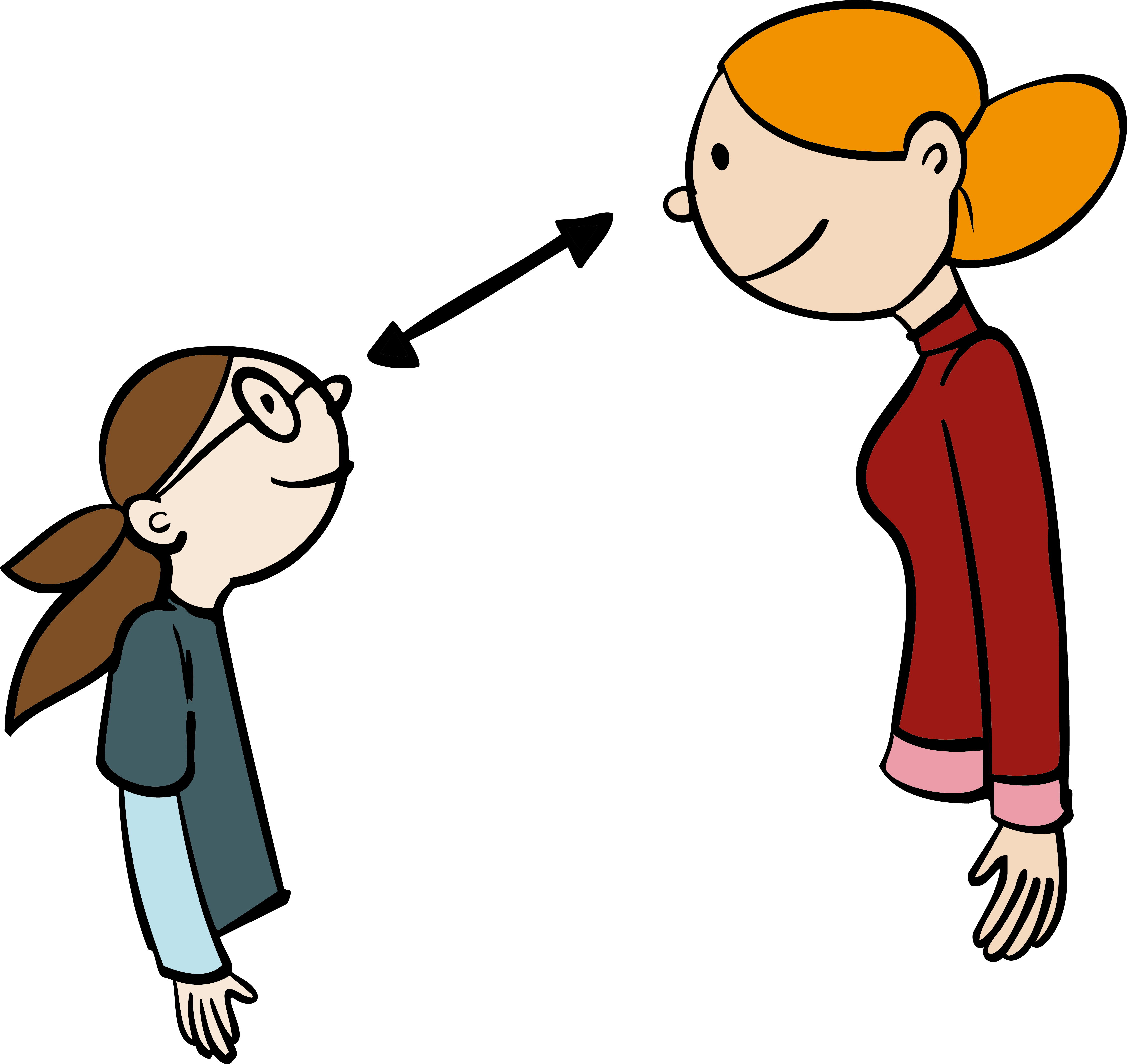
Converse
Break off from your reading to talk with the children about the pictures or the content.
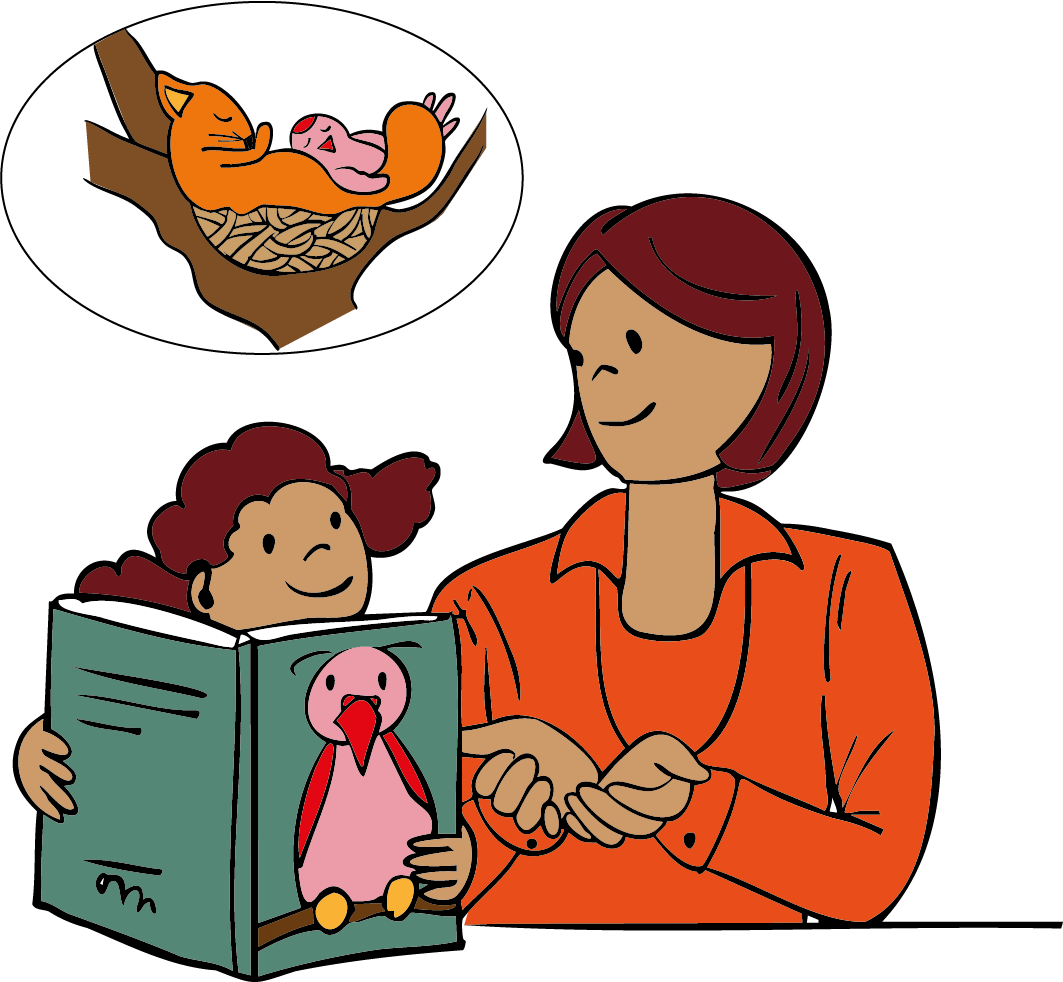
Observe and question the children
Ask why a child isn’t remaining seated, or doesn’t want to listen/watch. Observe the child and find out the reason. Perhaps they don’t like the book, don’t understand something, or they are tired.
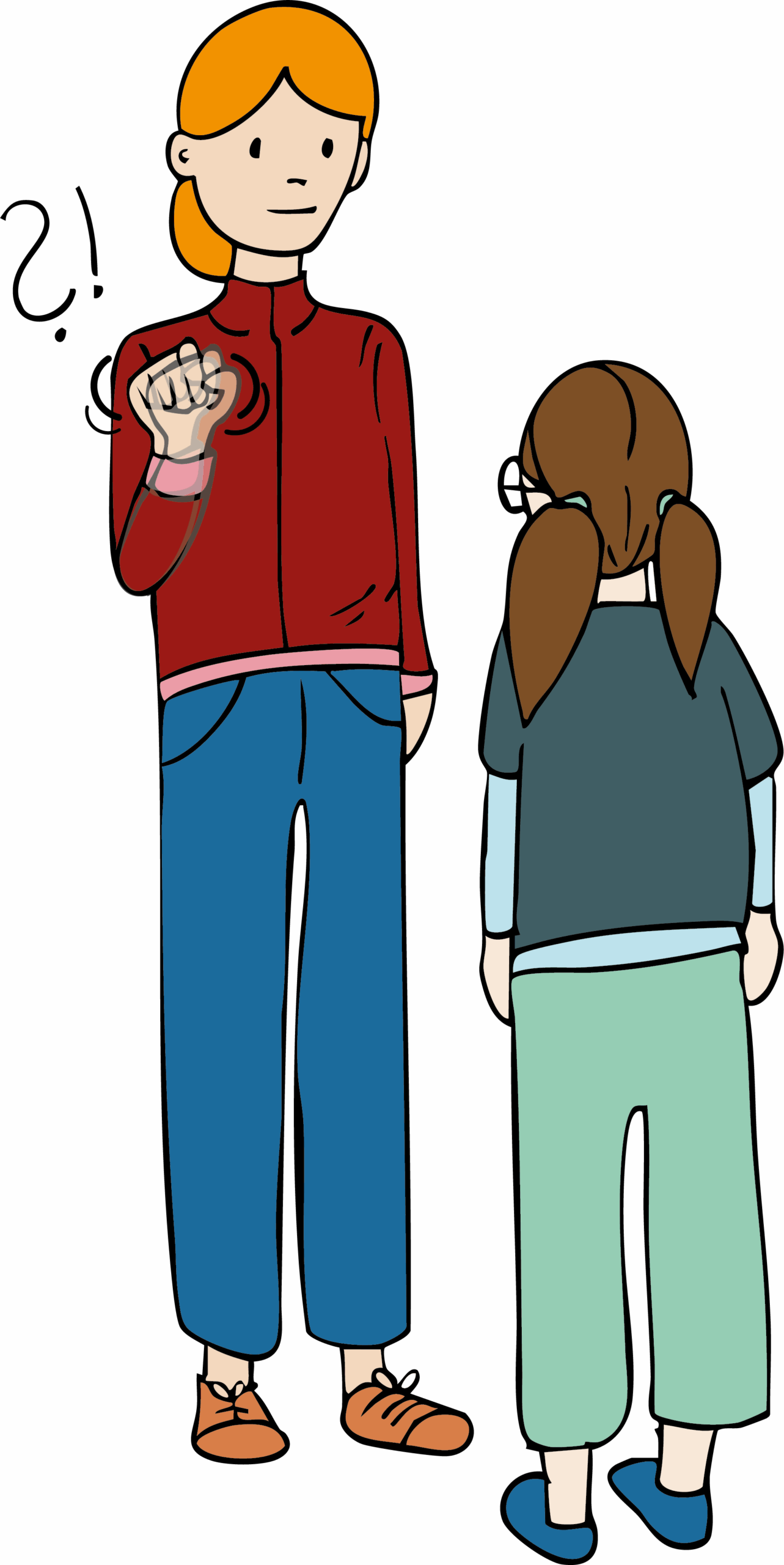
Allow questions
Plan questions after each page, or at the end of a chapter, to get the children involved.

Use a visual ‘quiet’ signal
This will enable you to gain the children’s attention calmly.

Have something to hold
Some children concentrate better with something in their hand, for example, a cuddly animal or a toy.
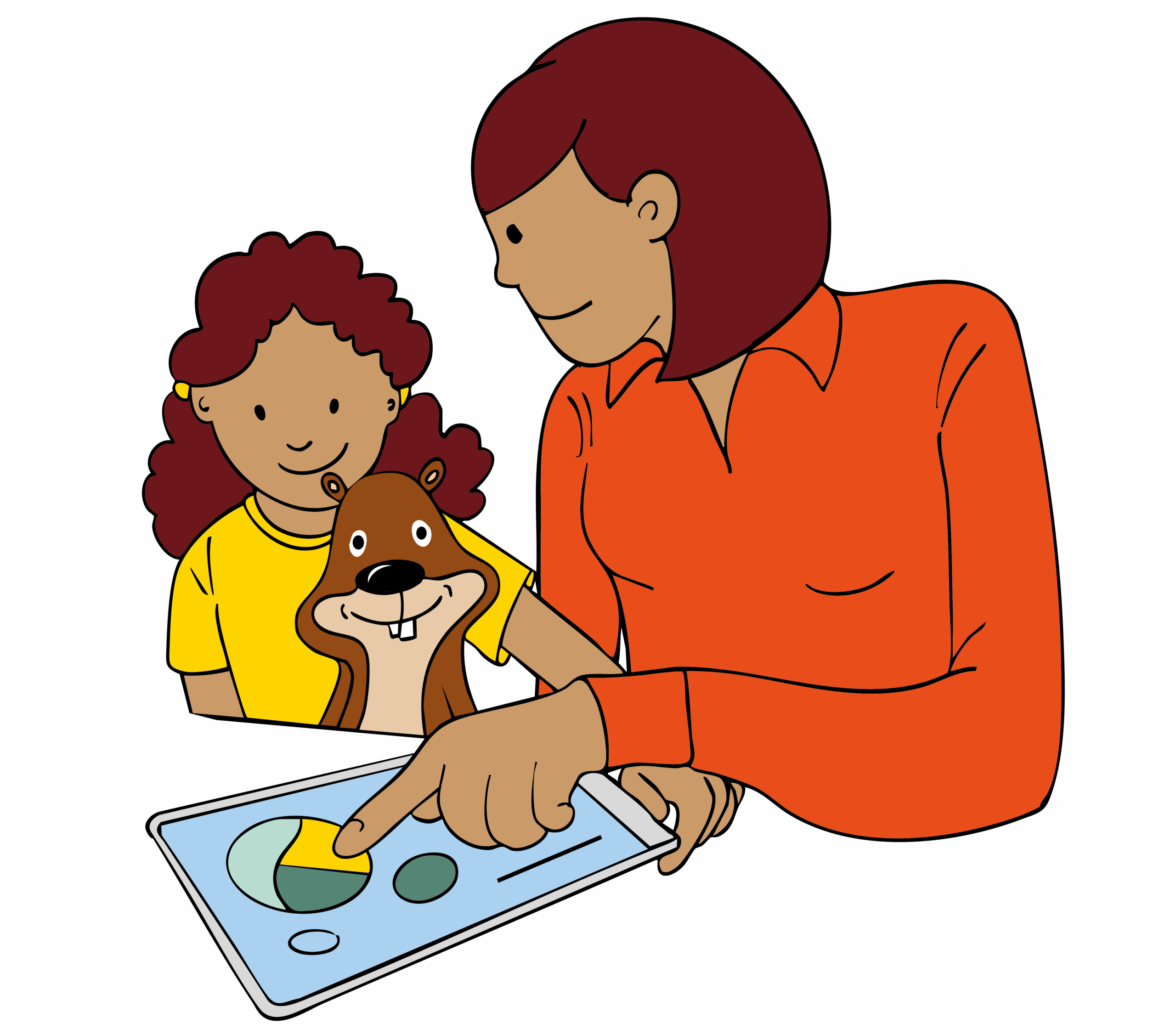
Make learning a game
Introduce a game, for example, ‘I see something you can’t see’. The children then search in the book for it, and you can then talk about it.
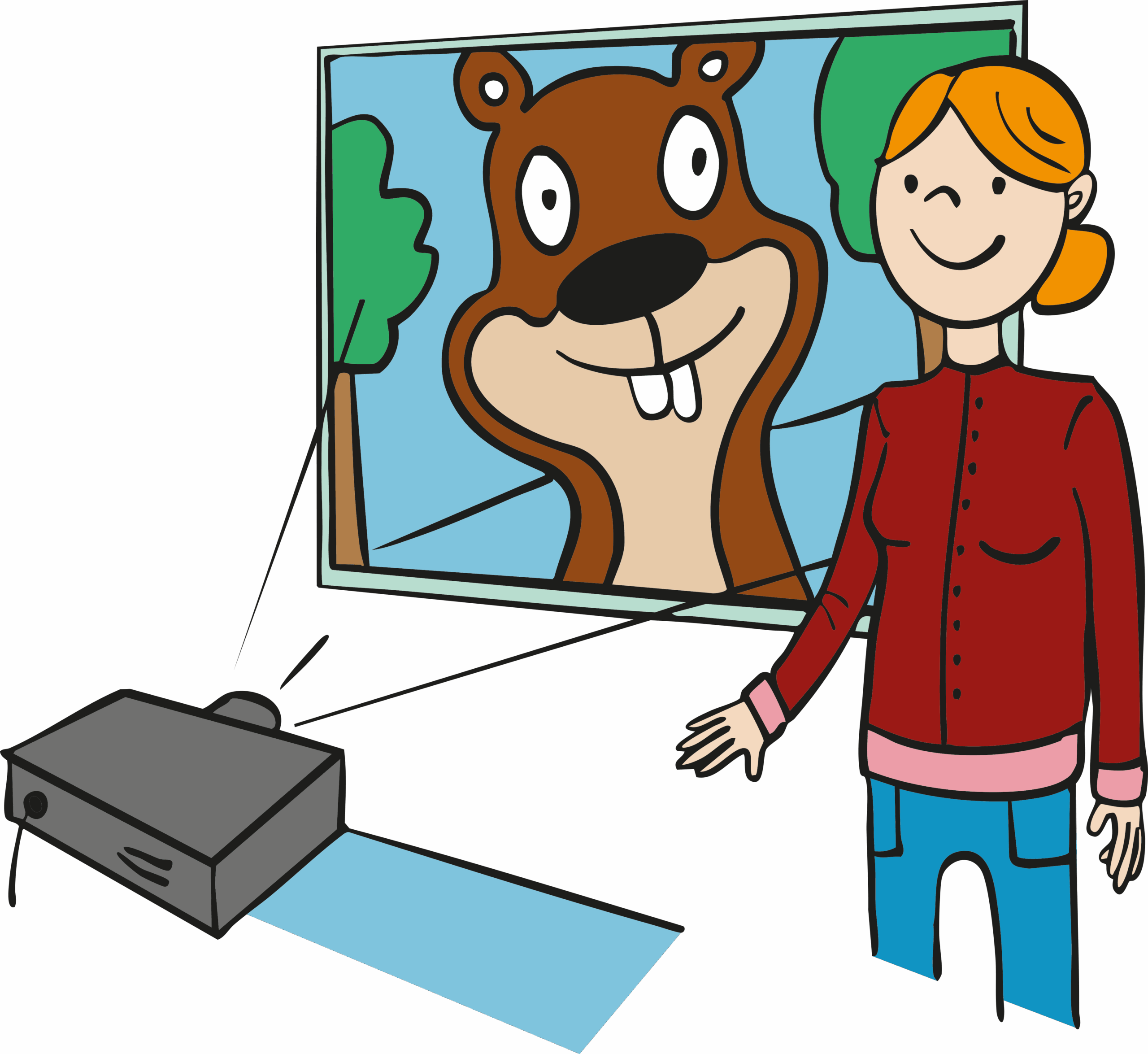
Switch readers
If the children can read, switch reader part way through. This helps them remain active, and gives them a break from watching/listening.
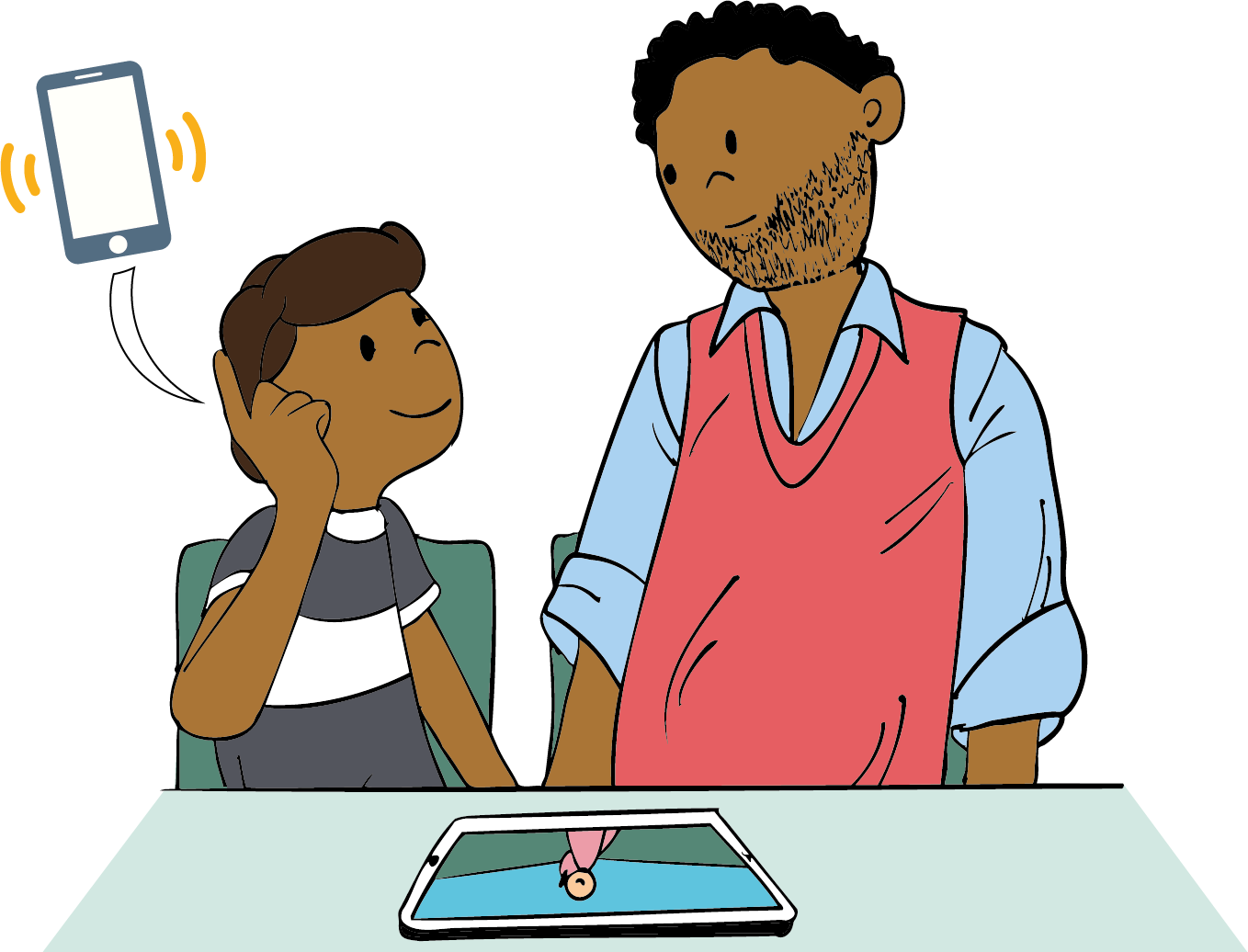
Take breaks to move about
Take breaks in your reading session for active games. Breaks and movement help to renew children’s concentration.
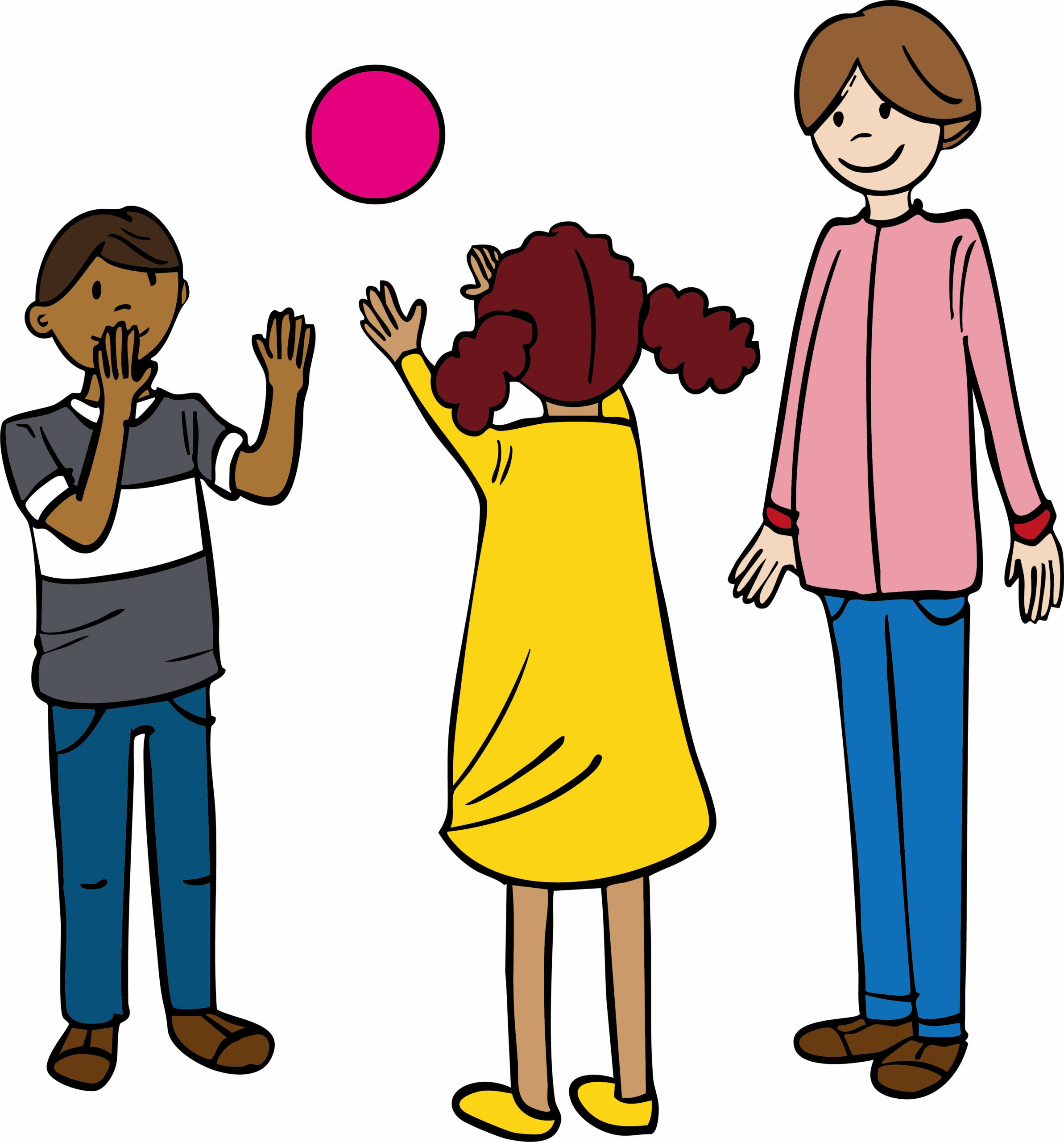
Recognise the children’s efforts
Reflect on your experiences. The children should sign or speak more. What worked well? What was difficult for you, what was easy? What did you enjoy? What did you not like? What can we improve?
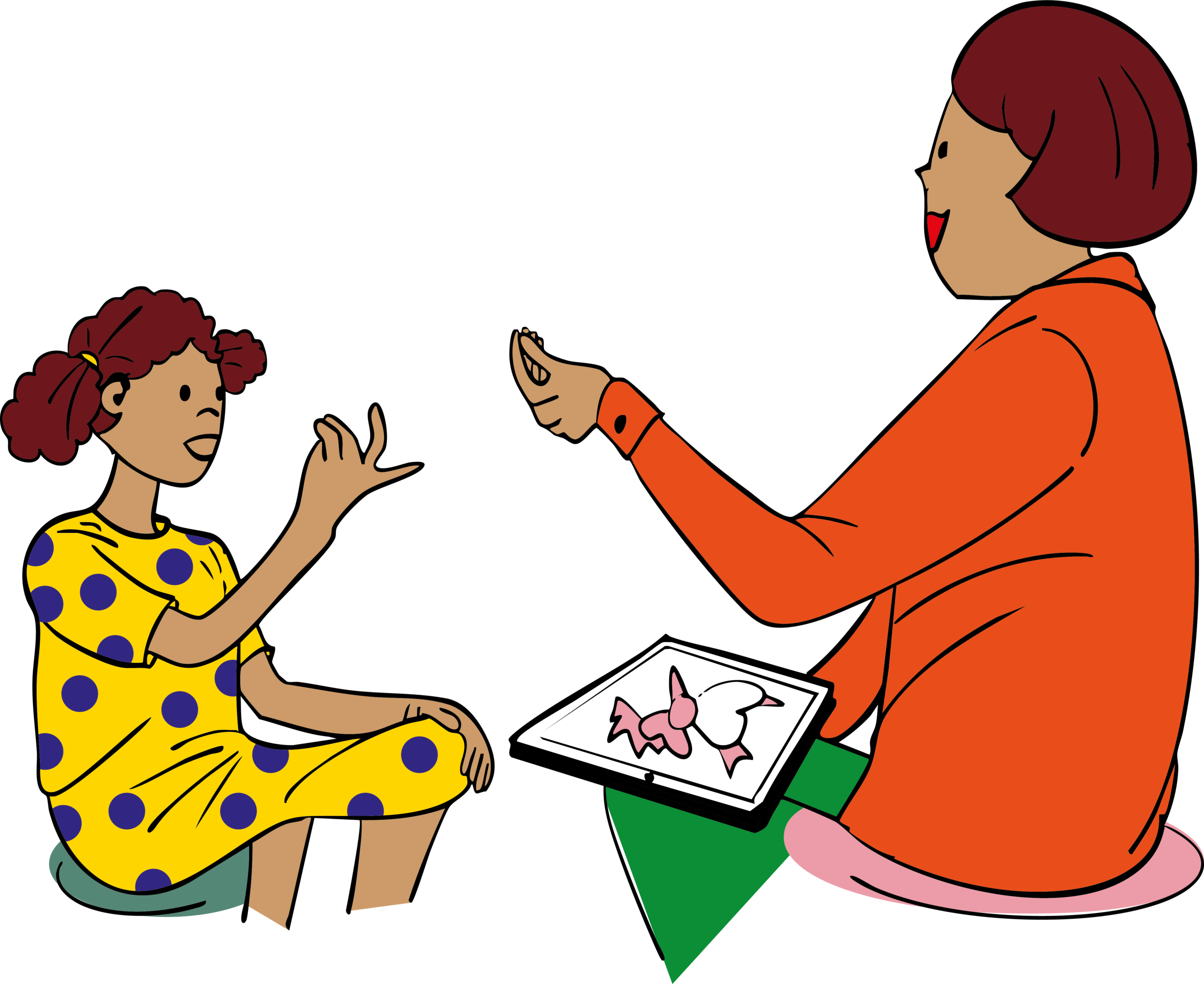
Be patient and sensitive
Every child is different. Try out a variety of reading methods and discover together which you like best as a group.
Shared reading should be fun, and support children’s development.
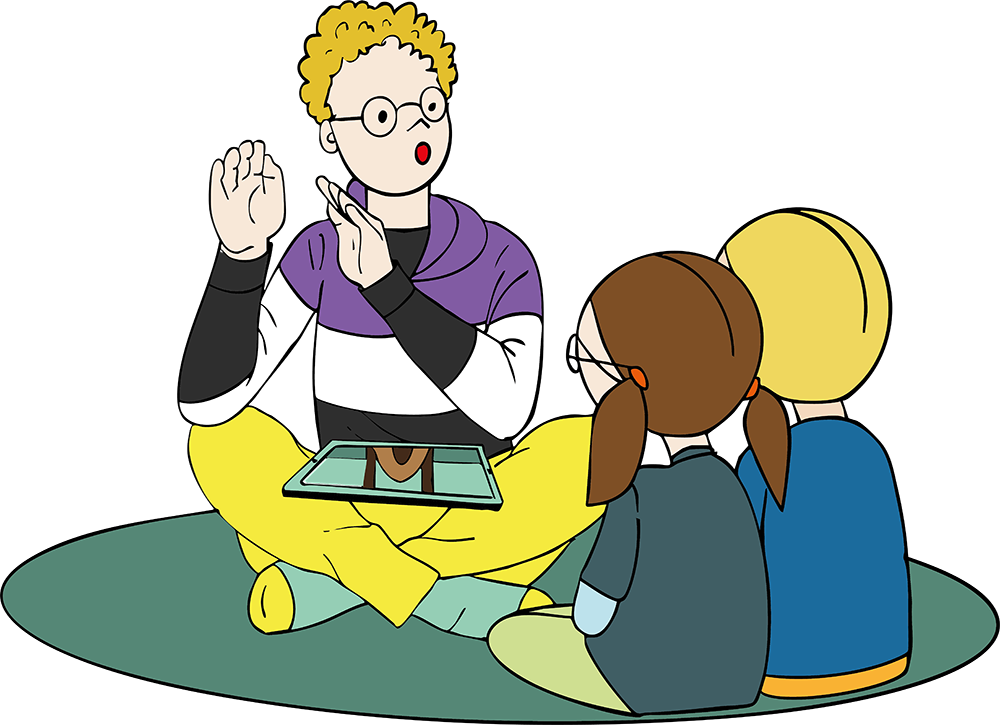


Tasks
Tasks

Decide which communication rules you wish to introduce, and use symbols or pictures to reinforce them.

In your next reading session, apply two of the strategies to sustain attention when children become restless.
